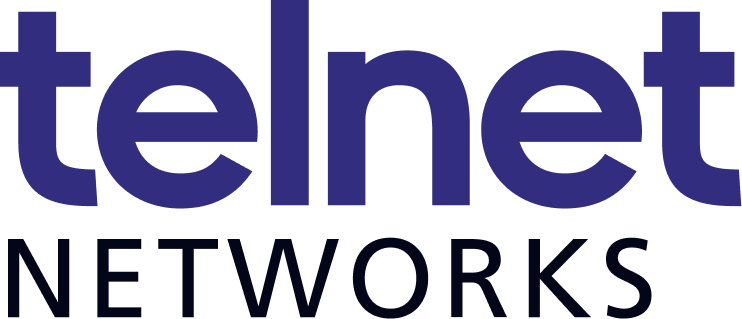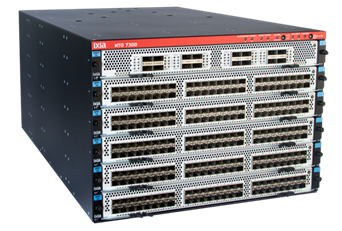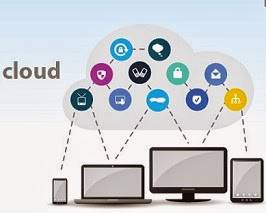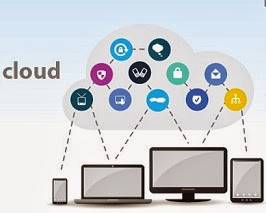Visibility Into Quality
What happens when we offload voice traffic to Wi-Fi? As user demand for high-quality anytime, anywhere communications continues growing exponentially, mobile providers are evolving core networks to higher capacity technologies such as 4G LTE. As they do so, mobile network optimization increasingly relies on detecting and preventing potential performance issues. Accomplishing this detection becomes even more challenging, given the expanding mix of tools, probes, interfaces, processes, functions, and servers involved in network monitoring and optimization.
Ixia’s network visibility solutions provide the ongoing data needed for mobile network optimization. They deliver a high-quality subscriber experience reliably and cost-effectively, despite the growing diversity of network technologies, user devices, and security threats. As operational complexity increases, network engineers at leading mobile service providers can leverage Ixia’s suite of network monitoring switches to ensure the end-to-end visibility needed to minimize OPX, sustain profitability, and safeguard quality and user satisfaction.
Ixia’s mobile network visibility solutions deliver:
- Traffic optimized for monitoring
- Automated troubleshooting to reduce MTTR
- A breakthrough “drag and drop” GUI management interface that streamlines configuration
- Expanded network monitoring capacity
Carrier-grade Mobile Network Capabilities
Ixia’s expanding suite of network visibility solutions offer a host of new capabilities that equip network engineers at telecommunications providers to achieve end-to-end network visibility—simply and efficiently. NEBS-compliant and suitable for 4G LTE packet cores, these solutions can enable such essential functions as connection of multiple network monitoring tools to a large number of 40GbE, 10GbE, and 1GbE interfaces (up to 16 40GbE ports or up to 64 10GbE ports) in an efficient form factor. Reflecting Ixia’s globally renowned monitoring innovation, these carrier-grade solutions offer such innovative features as:
- MPLS and GTP filtering
- Custom dynamic filtering to allow visibility into the first 128 bytes of packets
- Uninterrupted access for high-availability network monitoring
- NEBS certification that ensures robustness
- Redundant, hot-swappable power supplies and fan modules
- Local and remote alarm relay support
- Emergency out-of-band reset
- Intuitive drag-and-drop control panel
- Aggregation of data from multiple network access points
Ixia provides telecommunications providers easy access to view end-to-end analyses of architected networks, validate field applications, and improve customer loyalty and support. They deliver the actionable insights needed to dynamically detect, avoid and address issues, Overall, Ixia’s robust end-to-end network visibility solutions allow engineers to evaluate and optimize network and application performance under diverse conditions, maximizing ROI and the quality of the user experience.
 |
 |
|
Net Tool Optimizers |
GTP Session Controller |
Thanks to Ixia for the article.












 Thanks to NMSaaS for the
Thanks to NMSaaS for the 



